1. Design of The Times: Using Key Movements and Styles for Contemporary Design by Lakshmi Bhaskaran
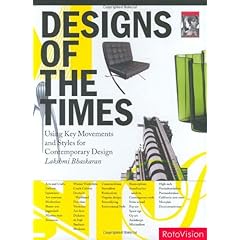
2. The Art of Innovation : Lessons in Creativity from IDEO, America’s Leading Design Firm by Tom Kelley with Jonathan Littman.
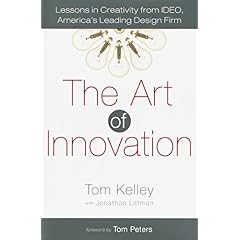
3. Hackers & Painters: Big ideas from the computer age, Paul Graham. Also available on line here. ONLINE
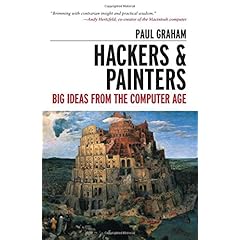
4. Creativity in Product Innovation by Jacob Goldenberg and David Mazursky.
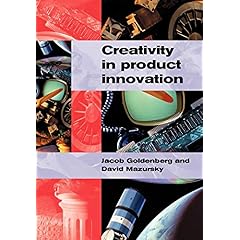
Required (Assigned) Readings
5. Software Engineering Code of Ethics and Professional Practice (Version 5.2) as recommended by the ACM/IEEE-CS Joint Task Force on Software Engineering Ethics and Professional Practices and jointly approved by the ACM and the IEEE-CS as the standard for teaching and practicing software engineering. ONLINE
6. Ethics as Design, Caroline Whitbeck. ONLINE Requires Login/Password: see note at the top of the page for login instructions.
7. If it ain’t broke, don’t break it Thomas Magliozzi. ONLINE

Supplemental and Other References
8. Creating Breakthrough Products: Innovation from Product Planning to Program Approval by Jonathan Cagan and Craig Vogel.

-> – Identify Product Opportunity Gaps that can lead to entirely new markets
-> – Navigate the “Fuzzy Front End” of the product development process, when products and markets aren’t yet defined
-> – Make appropriate use of both qualitative and quantitative tools
-> – Connect strategic planning and brand management to product development
-> – Build diverse product teams that work together smoothly
-> Creating Breakthrough Products transforms innovation from serendipity to science, giving you tools for creating products that change the rules of the game and achieve significant competitive advantage.
9. The Six Thinking Hats, Edward de Bono.

10. Small is Beautiful: Economics as if People Mattered, E.F.Schumacher, 25th anniversary edition, with commentaries.
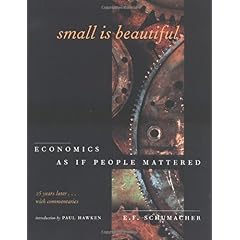
11. Design for the Real World: Human ecology and social change, Victor Papanek.

12. Design and Environment: A Global Guide to Designing Greener Goods, Helen Lewis and John Gertsakis.
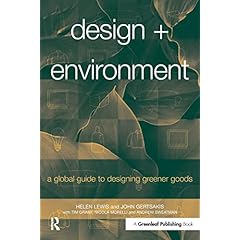
13. Invention by Design: How Engineers Get from Thought to Thing, Henry Petroski.

14. Bringing Design to Software, Terry Winograd, ed. ONLINE

15. An Eames Primer, Eames Demetrios.

16. Design Outlaws on the Ecological Frontier Chris Zelov and Phil Cousineau, eds. Book is based on a DVD, “Ecological Design: Inventing the Future.”
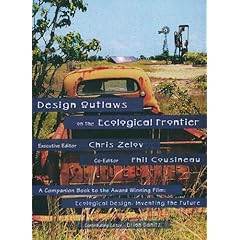
17. A Roadmap for Natural Capitalism, Amory B. Lovins, L. Hunter Lovins, and Paul Hawken, Harvard Business Review, May-June 1999, pages 145-158. ONLINE Requires Login/Password: see note at the top of the page for login instructions.
18. Green and Competitive, Michael Porter, Harvard Business Review, July/August 1995. ONLINE Requires Login/Password: see note at the top of the page for login instructions.
19. End User Programming in an Industrial Research & Development Group By Howard Goodell, Tech report, 2001. ONLINE
20. Towards More Natural Functional Programming Languages by Ben Myers. Invited keynote talk , The Seventh ACM SIGPLAN Intl. Conference on Functional Programming, ICFP 2002. Pittsburgh, PA. p. 1. ONLINE
21. A Small Matter of Programming: Perspectives on End User Computing by Bonnie Nardi, The MIT Press, 1993, ISBN 0-262-14053-5

Textbooks – Optional with Selected readings from these books
22. In the Bubble : Designing in a Complex World by John Thackara
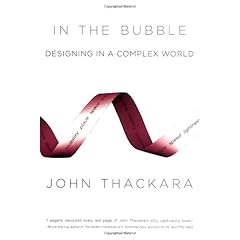
23. Small Change: About the Art of Practice and the Limits of Planning in Cities by Nabeel Hamdi

24. Essential Open Source Toolset by Andreas Zeller, Jens Krinke; Paperback
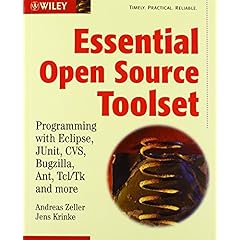
25. The Industrial Design Reader by Carma Gorman (Editor)

26. Persuasive Technology : Using Computers to Change What We Think and Do (The Morgan Kaufmann Series in Interactive Technologies) by B.J. Fogg
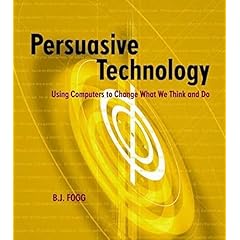
27. You Are Here by Katharine Harmon (Editor)

28. The Innovator’s Solution: Creating and Sustaining Successful Growth by Clayton M. Christensen, Michael E. Raynor
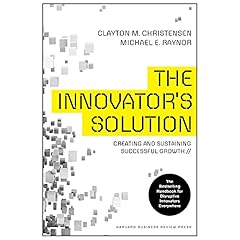
29. Reinventing the Wheel by Jessica Helfand

30. Positive Turbulence : Developing Climates for Creativity, Innovation, and Renewal J-B CCL (Center for Creative Leadership)

31. Managing Creativity and Innovation Harvard Business Essentials
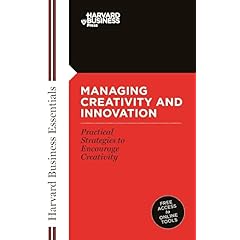
32. Breakthrough : Stories and Strategies of Radical Innovation by Mark Stefik, Barbara Stefik

33. Pioneers of Modern Design: From William Morris to Walter Gropius; Revised and expanded edition by Nikolaus Pevsner, Richard Weston (Introduction)
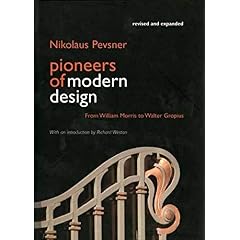
34. History of Modern Design (Trade Version) by David Raizman, Laurence Pu King
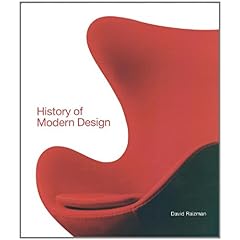
35. Bucky Works: Buckminster Fuller’s Ideas for Today by J. Baldwin

36. Harvard Business Review on Innovation by Clayton M. Christensen, et al

37. The Innovator’s Dilemma by Clayton M. Christensen
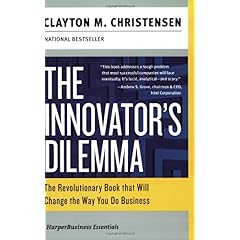
38. Interaction Design for Complex Problem Solving : Developing Useful and Usable Software (The Morgan Kaufmann Series in Interactive Technologies) by Barbara Mirel
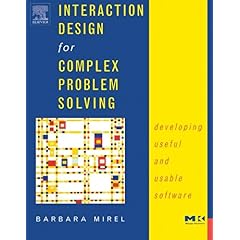
39. Creative Code: Aesthetics + Computation by John Maeda

40. Design By Numbers by John Maeda

41. Designing Business: Multiple Media, Multiple Disciplines by Clement Mok
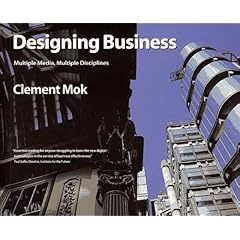
42. Experience Design 1 by Nathan Shedroff
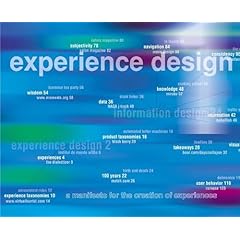
43. Emotional Design: Why We Love (Or Hate) Everyday Things by Donald A. Norman

44. Visual Function: An Introduction to Information Design by Paul Mijksenaar

45. Massive Change by Bruce Mau, et al

46. If Yearbook Product .05 by iF International Forum Design (Editor)
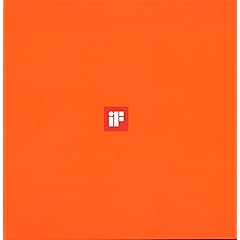
47. Smart Design: Products That Change Our Lives by Clive Grinyer

48. Professional Virtual Design of Smart Products by Kari Leppala, et al

”’
49. Design Secrets: Products : 50 Real-Life Projects Uncovered (Design Secrets Series) by Industrial Designers Society of America

50. Design Secrets: Products 2: 50 Real-Life Projects Uncovered by Lynn Haller, et al

51. Design Secrets: Packaging : 50 Real-Life Projects Uncovered (Design Secrets) by Catharine M. Fishel
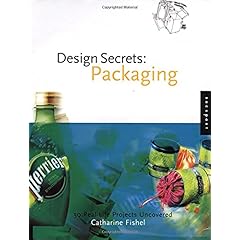
52. Design Secrets: Advertising: 50 Real-Life Projects Uncovered by Lisa Hickey
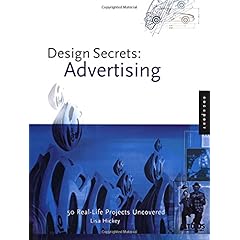
53. Scanning: The Aberrant Architectures of Diller + Scofidio by Aaron Betsky, et al

54. Information Design Source Book : Recent Projects / Anwendungen heute by Institute for Information Design Japan (Editor)

55. The Art of Looking Sideways by Alan Fletcher

56. Information Design by Robert Jacobson (Editor)

57. Thoughtful Interaction Design : A Design Perspective on Information Technology by Jonas Lwgren, Erik Stolterman
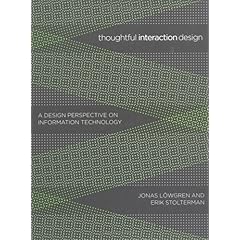
58. Digital Diagrams: How to Design and Present Statistical Information Effectively by Trevor Bounford
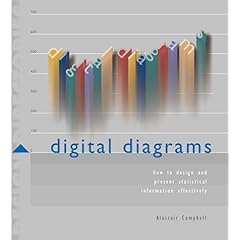
59. Information Anxiety 2 by Richard Saul Wurman, et al
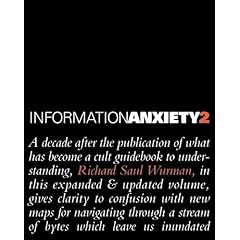
60. Information Architects by Richard Saul Wurman

61. Design Fundamentals for the Digital Age by Linda Holtzschue, et al
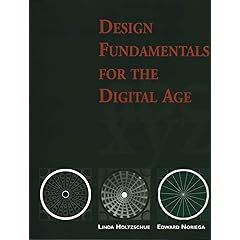
62. Seeing What’s Next by Clayton M. Christensen, Erik A. Roth, Scott D. Anthony

63. Industrial Design A-Z by Charlotte and Peter Fiell

64. Design – An Illustrated Historical Overview (Crash Course Series) (Paperback) by Thomas Hauffe

65. Masters Thesis: Organic Information Design, by Ben Fry, ONLINE

66. Doctoral Thesis: Computational Information Design, by Ben Fry, ONLINE

‘
Useful Links67. Processing, Ben Fry
